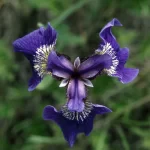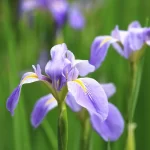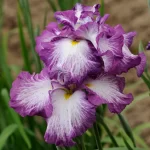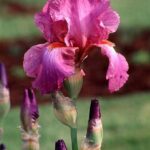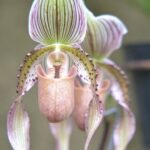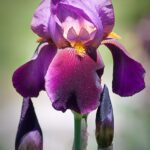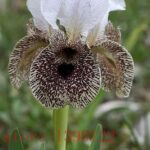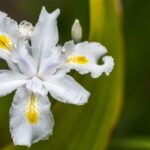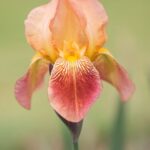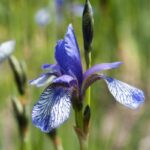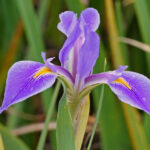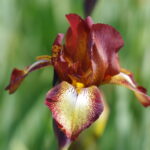The Iris genus boasts approximately 300 different types of iris flowers that come in two main categories: those that grow from bulbs and those that grow from rhizomes. These beautiful flowers are known for their distinctive appearance, featuring two distinct types of petals – falls and standards. Falls form the lower petals, which hang or fall downwards, while standards make up the top three petals of the flower.
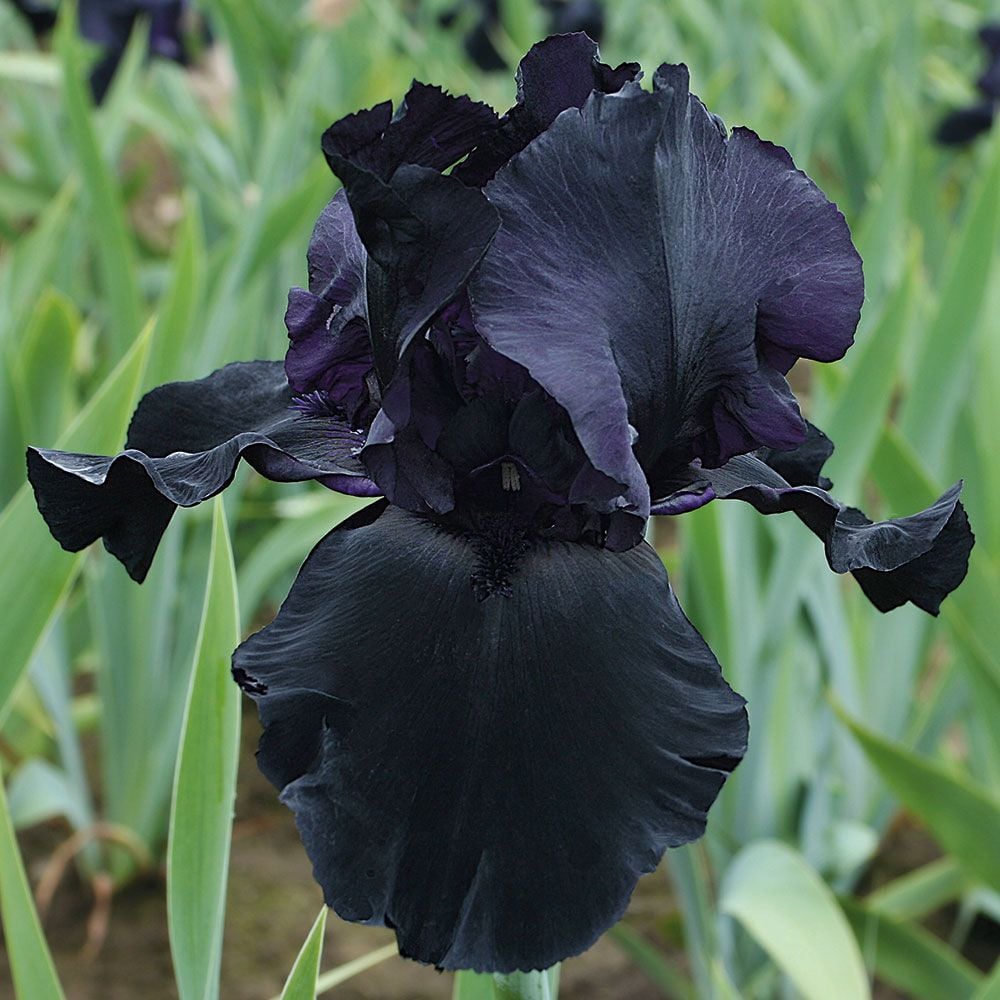
There are three types of iris plants based on the features of their petals: bearded, crested, and beardless. The petals of bearded irises are covered with soft hair that looks like a beard. Crested irises have ridges on the base of their flowers that resemble a comb. On the other hand, beardless irises lack both hair and ridges.
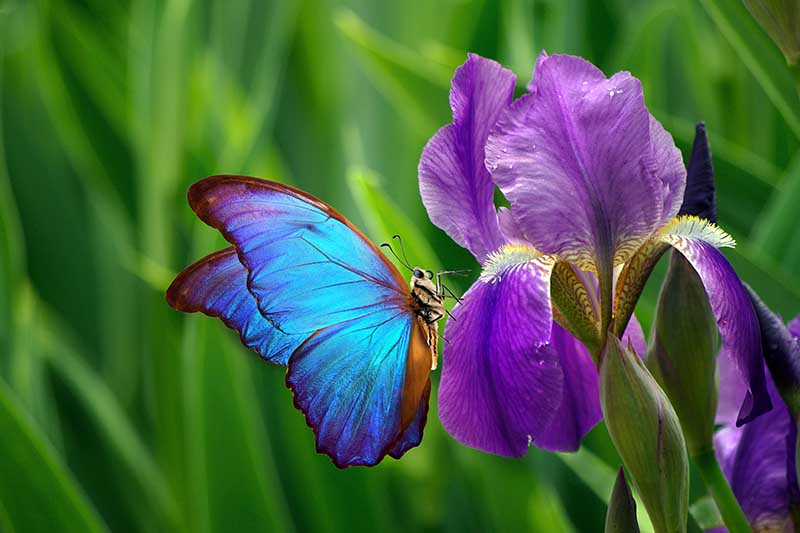
There are several different types of irises that grow from bulbs, such as Iris reticulata, Spanish (Iris xiphium), and Dutch varieties (Iris x hollandica). These kinds of irises typically bloom earlier than rhizomatous irises. However, many irises, including both bulb and rhizomatous varieties, are famous for their beautiful flowers and will bloom in early summer. Some may even bloom a second time in late summer. These lovely plants are great at attracting butterflies and hummingbirds and can be used as cut flowers. The size of an iris can vary greatly, with the smallest dwarf variety only growing up to 15 cm tall, while the tallest can reach heights of up to 1.20 m.
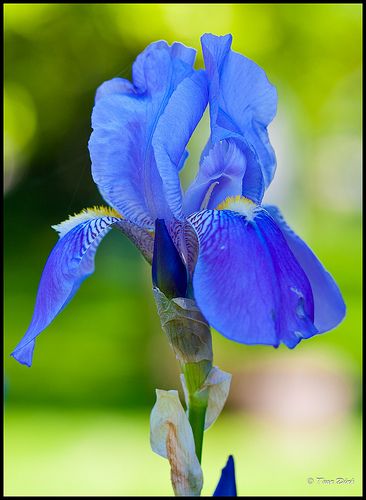
Taking care of irises
The way you plant irises will vary depending on the type of iris you have. For bulb irises (like Dutch, Spanish and Reticulata), plant them in the autumn in well-drained soil that is exposed to full sun. Give them a good start by loosening up the soil, mixing in some compost and adding 1/4 cup of all-purpose granular fertilizer (according to the instructions on the bag). Depending on the bulb type, plant them 4 to 5 inches deep. For irises, plant the rhizomes horizontally, making sure the top is partially exposed. For other varieties, plant the crown of the plant 1/2 to 1 inch below the soil line.
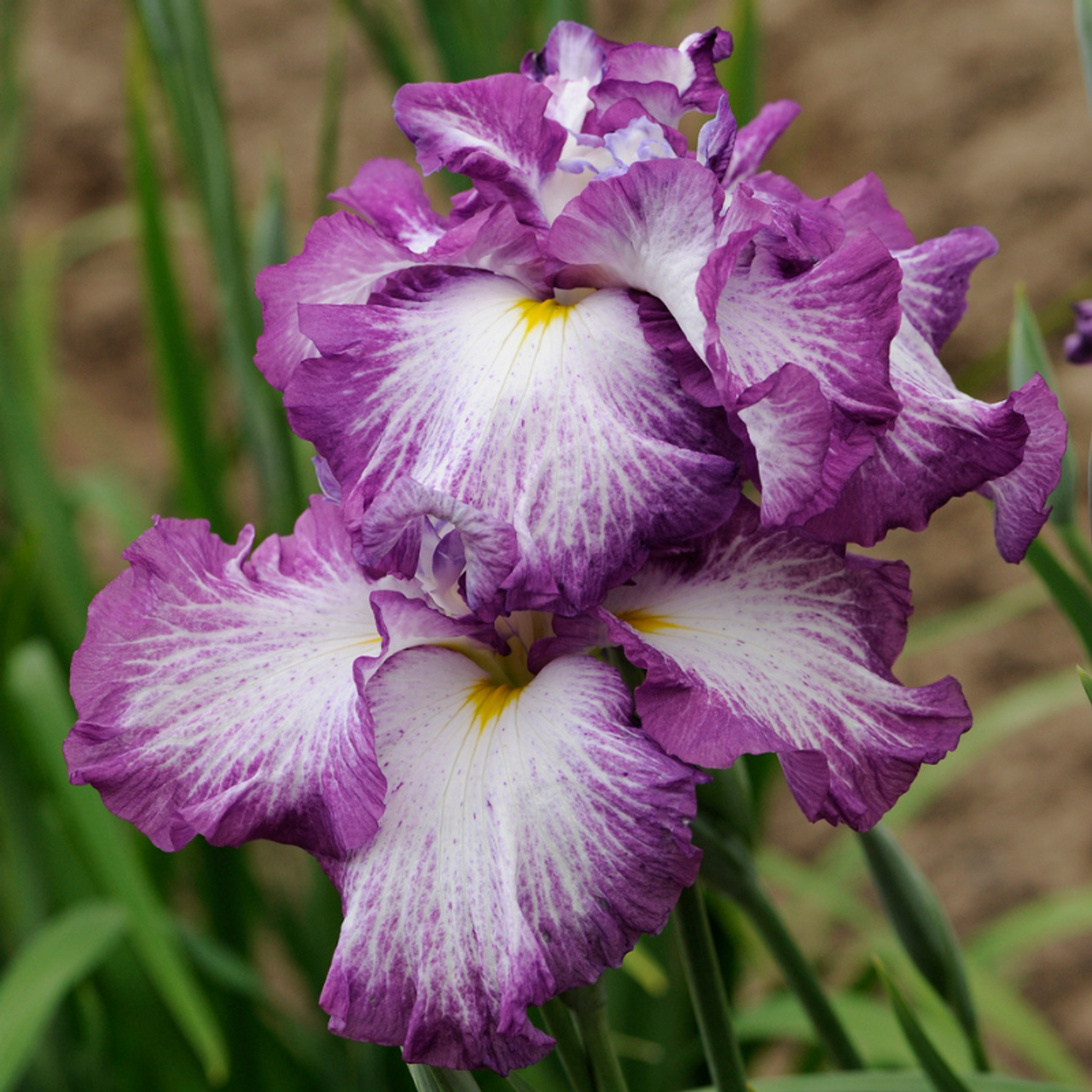
Once the lovely flowers start to wilt, it’s time to snip them off. To encourage healthy root growth, you’ll want to cut down the entire flower stalk once it’s spent. Wait until you experience the first hard frost or until the leaves turn yellow before cutting them down to the ground. This helps prevent those pesky iris borers from settling in for the winter. Keep in mind that the foliage is still vital as it’s busy photosynthesizing and fueling the plant for next year’s blooms. So, don’t be too hasty in removing it!
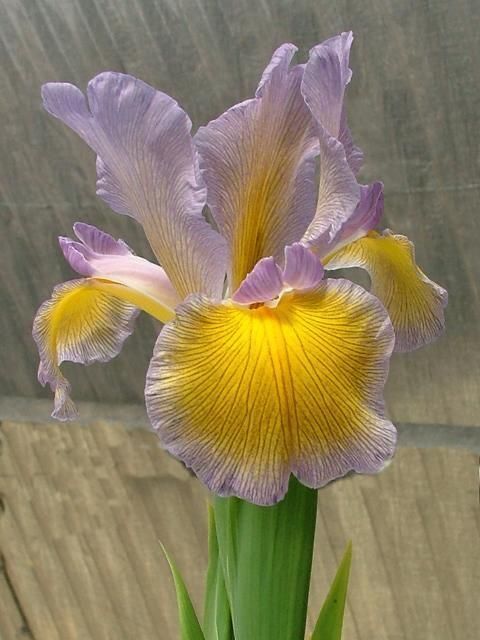
After trimming the leaves during winter, it’s crucial to shield the rhizomes from harm by utilizing materials like mulch or sand. Remember to take off the covering in the spring season. Irises are ideal for regions inhabited by animals as they are not attractive to deer. Nevertheless, one should be wary of iris borers, which can be harmful to irises.
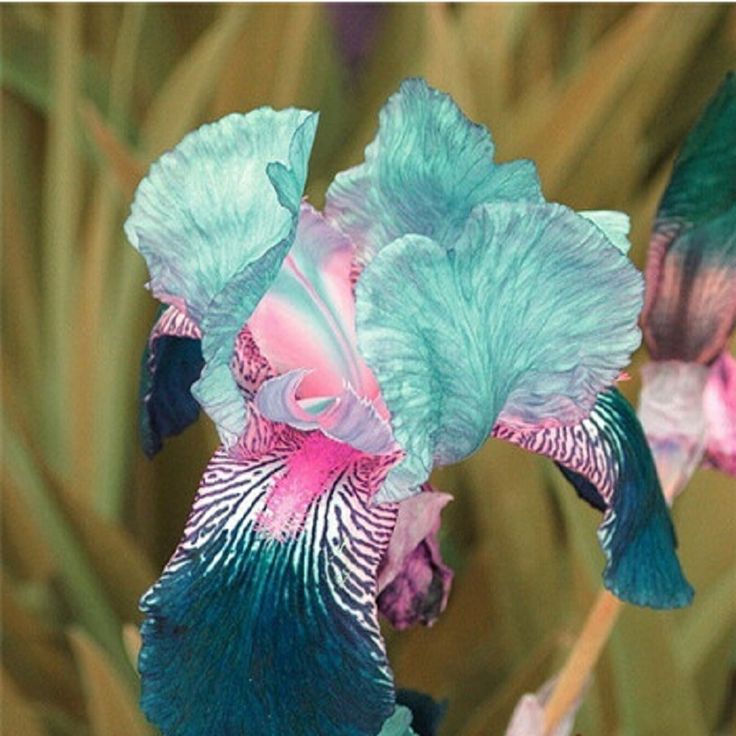
When it comes to growing iris plants, it’s important to give them plenty of light. Full sun is ideal for most varieties, although some can handle a bit of shade. However, if you want your irises to bloom, make sure they’re not in too much shade.
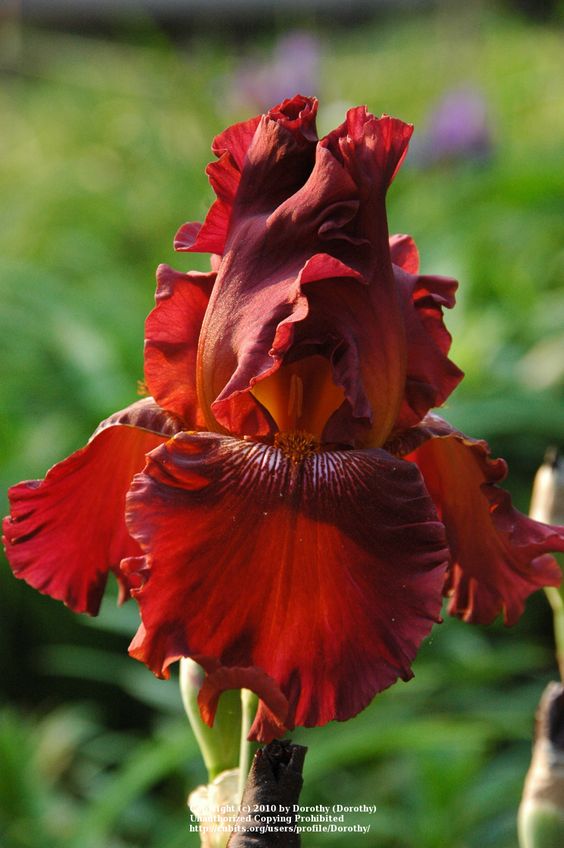
When it comes to growing iris plants, the floor is crucial. These beauties thrive in soil that is packed with nutrients and drains well. However, be careful not to overwater them as too much moisture can have negative effects. One way to avoid this is by planting your irises in raised beds, which can help with water drainage. If you’re looking for varieties that enjoy wet conditions, check out Japanese and Louisiana irises, which are perfect for pondside planting. On the other hand, Siberian irises prefer acidic soils that are moist.
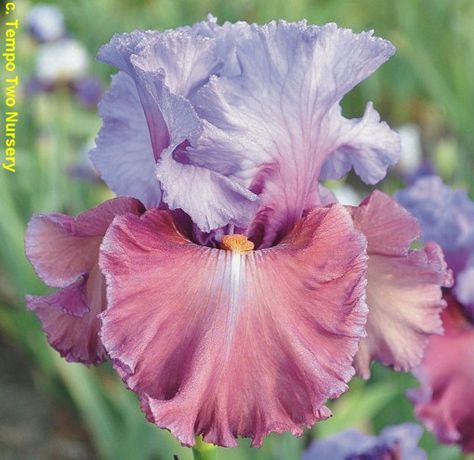
Moisture and well-drained soil are crucial for the growth of irises. It is important to provide consistent and thorough watering to fulfill their needs. However, one should be cautious not to overwater as it can lead to root rot. Despite requiring sufficient water, most types of iris can withstand drought conditions for brief periods without perishing easily.
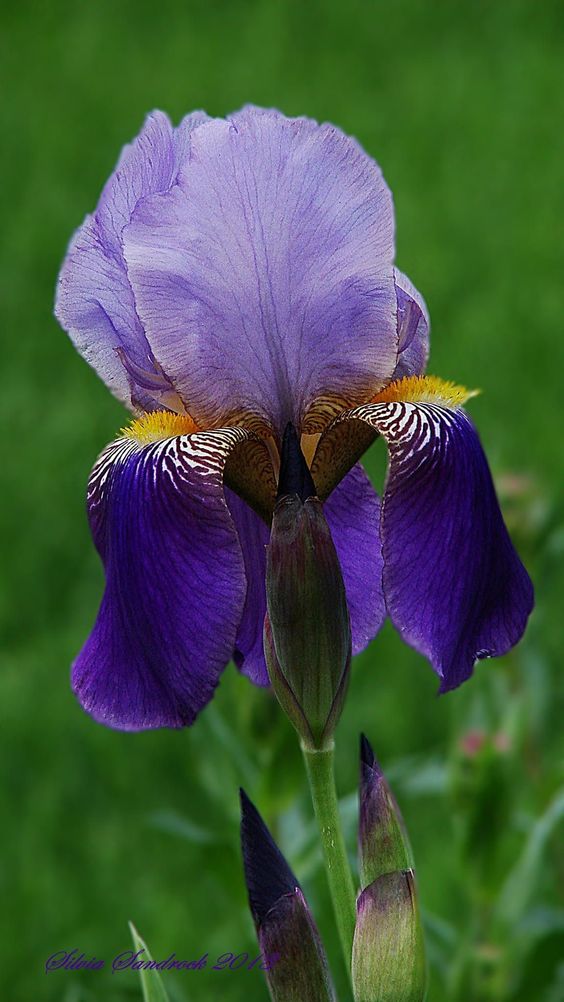
Weather Conditions for Irises
Irises are a robust plant that can adapt to different weather conditions depending on the variety and location they are grown in. These flowers can flourish as long as they have access to adequate sunlight, water, and well-drained soil. Iris species such as Siberian, Japanese, and irises are known to be resilient in USDA zones 3-9. Meanwhile, Iris reticulata and Dutch iris can withstand zones 5-9. Louisiana irises, on the other hand, typically grow best in zones 6-9.


